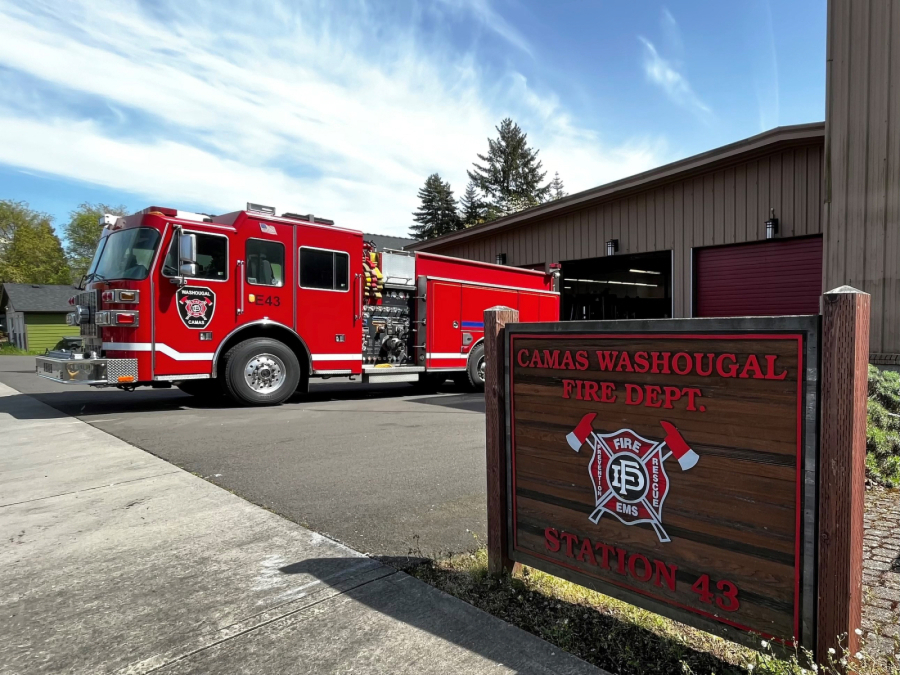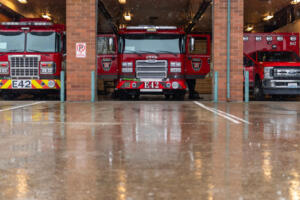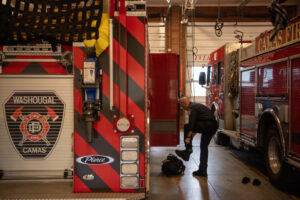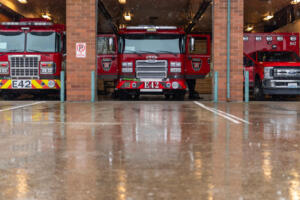The interlocal agreement that formed the joint Camas-Washougal Fire Department (CWFD) nearly a decade ago is set to expire at the end of 2023.
Now, Camas-Washougal city officials are trying to nail down an updated interlocal agreement (ILA) that would keep the joint fire department whole and give city leaders time to work on a regional fire authority proposal and pitch that idea to voters in both cities.
“We were hoping to get a little further than we got, but we are where we are,” Camas Mayor Steve Hogan told Camas City Council members this week during the Council’s May 15 workshop. “We are looking at the ILA and trying to update it … to establish a new ILA.”
Hogan said city leaders — including Hogan as well as Camas and Washougal city council members who sit on the Joint Policy Advisory Committee (JPAC) for the fire department, Washougal City Manager David Scott and Camas City Administrator Doug Quinn — are focusing on making the new ILA equitable and fair to citizens in both cities.
“We’re not trying to look back and fix history,” Hogan said Monday. “We want to move forward and get to a destination that, at this point, looks like it might be a regional fire authority.”





